By Rick Millikan
Above Iroquois Falls stands a bronze statue of Father Labelle, one of Quebec’s early enterprising priests. Labelle established the 200-kilometer P’tite Trend u Nord in the 1800’s to transport wood from the Laurentians southward to Montreal. Montrealers later rode this rail line packing skis into what became a famed winter playground. Now from early June to October cyclists of all ages soft-pedal upon its solid rail-bed communing with nature with stops to savor European cuisine.
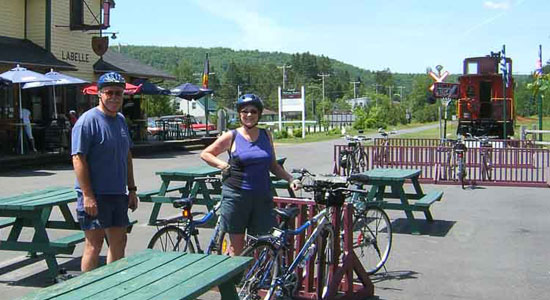 Parking at kilometer 0 near St Jerome’s old station, my wife Chris and I are shuttled upward to cycle back on the lower section of this popular linear park. In Labelle the van drops us off and quickly disappears carrying our baggage to the later en route B&B. Toting only bottles of cold water and cameras, we soon beeline southward through forests of white-barked birch, long-needled bull pines, stately maples and tall firs. We proceed into a countryside opening into plush green meadows. Serenely we breeze along its 2% slope. Spotting some woolly critters, a drama enfolds. A huge heroic sheepdog springs forward, loudly woofs…and proudly escorts his flock away. Meanwhile brown Swiss cows graze on grassy nearby knolls. And further along the trail a brave Bambi poses for some pictures before bounding into the bush.
Parking at kilometer 0 near St Jerome’s old station, my wife Chris and I are shuttled upward to cycle back on the lower section of this popular linear park. In Labelle the van drops us off and quickly disappears carrying our baggage to the later en route B&B. Toting only bottles of cold water and cameras, we soon beeline southward through forests of white-barked birch, long-needled bull pines, stately maples and tall firs. We proceed into a countryside opening into plush green meadows. Serenely we breeze along its 2% slope. Spotting some woolly critters, a drama enfolds. A huge heroic sheepdog springs forward, loudly woofs…and proudly escorts his flock away. Meanwhile brown Swiss cows graze on grassy nearby knolls. And further along the trail a brave Bambi poses for some pictures before bounding into the bush.
Signs declaring Les Jardins de L’Achillee Millefeuille and Cyclists Welcome draw us into a rustic B&B just off the trail. The smiling owner emerges, telling us about her piece of Eden. Resuming our pedal, we pass its campground complete with teepees.
The trail winds around Lac Mercier to the village of Mont-Tremblant and our B&B, Auberge La Porte Rouge. Above its bustling beach, we pose victorious under a banner announcing the weekend triathlon. The golden afternoon ends with a refreshing swim in its placid lake and a celebratory dinner on the Auberge’s wide terrace.
Early next morning I cycle along the river into famed Mont Tremblant, named by natives believing this mountain trembled when their god Manitou passed. Fantabulous homes dot its mountainside. Upon leaving, I photograph Mont Tremblant’s town center with a pond and beaver lodge in the foreground. Evidently Bucky Beaver resides among the rich and famous…
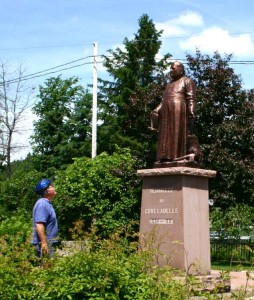 Our ride continues into Val David, an artsy community of many galleries and two busy outdoor shops. We lunch off the trail at its La Maison de Baviere perched above the cascading Riviere-du-Nord and Lover’s Park.
Our ride continues into Val David, an artsy community of many galleries and two busy outdoor shops. We lunch off the trail at its La Maison de Baviere perched above the cascading Riviere-du-Nord and Lover’s Park.
The trail follows the river past sheer rock bluffs, which attract sporty climbers, then twists into shady forests. As the green valley narrows, Riviere-du-Nord becomes a white torrent. Descending through narrow granite canyons carved over a century ago by TNT toting railroaders, we exuberantly coast through the woodsy landscape. Here Chris declares herself “Downhill Queen!” Eventually Riviere-du-Nord slows and flows into Lake Raymond, where fellow cyclists cool off in its clear waters.
On the outskirts of Saint Adele, a steam-engine façade welcomes us to Auberge de la Gare. Our host Michel soon serves two of his ten stocked Belgian-style brews. Sitting above floral gardens on a large breezy veranda, I savor an icy Canadian variety with a patriotic hint of maple syrup and note its label featuring a rosy maple-leaf-cheeked girl. Having explored trails around Quebec City and Montreal, we chat about La Route Vert, Quebec’s awesome 5,000 kilometers trail-network. Michel tells us about a newly paved link to Montreal.
Our days of carefree, car free fun ends the next afternoon in St. Jerome. Filling up with costly gas, we navigate our return to Montreal through North America’s regular traffic snarls. For us La Belle Province of Quebec and Laurentians is best enjoyed on two-wheels.
 Take the Strand Hotel in Yangon, for instance. Located in a former Burmese capital, the hotel was once a favourite with George Orwell, author of Animal Farm. Reportedly based at the Strand while writing Burmese Days, Orwell’s stopover in 1934 played a pivotal part in shaping his affection for the area. It also shaped his criticism of colonial prejudice prevelent at the time. Burmese Days reflected this, resulting in it being rejected by British publishers.
Take the Strand Hotel in Yangon, for instance. Located in a former Burmese capital, the hotel was once a favourite with George Orwell, author of Animal Farm. Reportedly based at the Strand while writing Burmese Days, Orwell’s stopover in 1934 played a pivotal part in shaping his affection for the area. It also shaped his criticism of colonial prejudice prevelent at the time. Burmese Days reflected this, resulting in it being rejected by British publishers.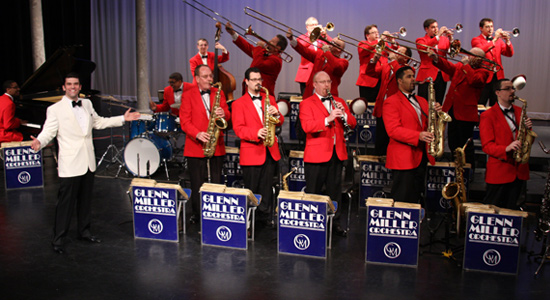
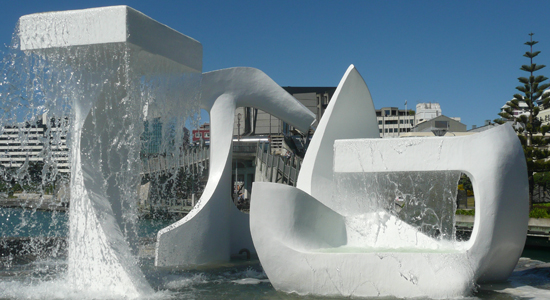 On the 10th. April 1968, during a terrible storm, the TEV Wahine, a NZ Union Company ferry, capsized near Steeple Rock at the entrance of Wellington Harbour, resulting in the deaths of 53 people. The Wahine fore-mast stands as a memorial in Frank Kitts Park.
On the 10th. April 1968, during a terrible storm, the TEV Wahine, a NZ Union Company ferry, capsized near Steeple Rock at the entrance of Wellington Harbour, resulting in the deaths of 53 people. The Wahine fore-mast stands as a memorial in Frank Kitts Park.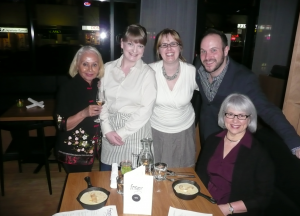 The 11th year of the 2013 Dine Out Vancouver expanded to 241 events, including the $18, $28 & $38 three course meals with suggested BC VQA wine pairings for an extra cost, and extending to the Speaker Series including a food and cocktail tour, the Street Food City with 14 food carts in front of the Vancouver Art Gallery and communal dinners.
The 11th year of the 2013 Dine Out Vancouver expanded to 241 events, including the $18, $28 & $38 three course meals with suggested BC VQA wine pairings for an extra cost, and extending to the Speaker Series including a food and cocktail tour, the Street Food City with 14 food carts in front of the Vancouver Art Gallery and communal dinners.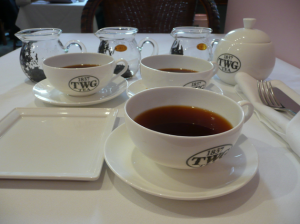
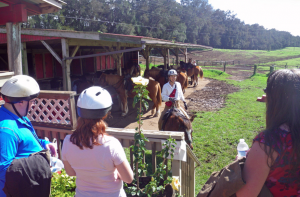 By Chris Millikan
By Chris Millikan 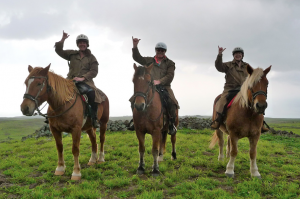 Launching from a handy step, we each settle into our saddles. Tying rain slickers behind our saddles, Janna adjusts our stirrups just right and we ride our mounts to the water trough in the paddock. At first, Ipo has my number, sneakily snatching mouthfuls of grass. Reining him in, we pick up our pace and join the others heading toward open range. With confidence increasing by the minute, we soon begin to feel like Hawaii’s famed paniolo cowboys.
Launching from a handy step, we each settle into our saddles. Tying rain slickers behind our saddles, Janna adjusts our stirrups just right and we ride our mounts to the water trough in the paddock. At first, Ipo has my number, sneakily snatching mouthfuls of grass. Reining him in, we pick up our pace and join the others heading toward open range. With confidence increasing by the minute, we soon begin to feel like Hawaii’s famed paniolo cowboys.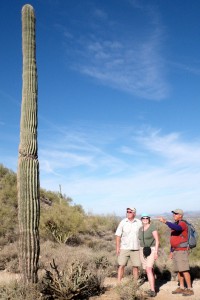 By Chris Millikan
By Chris Millikan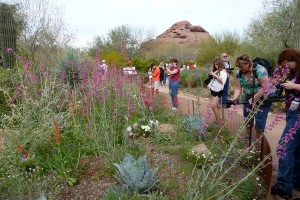
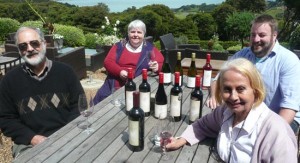 I am happy to report that I had less jet-lag, after my 14½ hr. overnight, direct, non-stop flight on Air N.Z. from Vancouver to Auckland N.Z. I also noticed that in the pressurized cabin, the white wines seemed to loose their flavour and the reds tasted more astringent, so I had a glass of the white West Brook Marlborough Gewürztraminer 2011 with its lemon aromatics. A bonus was that the tomato juice actually tasted sweeter in the higher altitude as well!
I am happy to report that I had less jet-lag, after my 14½ hr. overnight, direct, non-stop flight on Air N.Z. from Vancouver to Auckland N.Z. I also noticed that in the pressurized cabin, the white wines seemed to loose their flavour and the reds tasted more astringent, so I had a glass of the white West Brook Marlborough Gewürztraminer 2011 with its lemon aromatics. A bonus was that the tomato juice actually tasted sweeter in the higher altitude as well!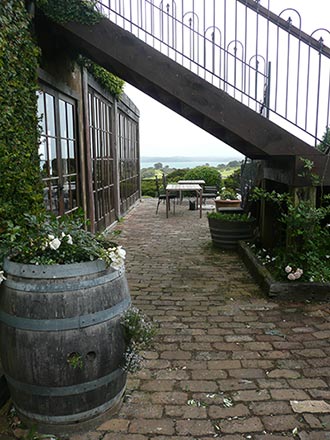 However we were heading to Mudbrick Vineyard & Restaurant on Church Bay Road to first visit their Cellar Door for both standard & premium wine tastings with Tom French. Tom said that the vines were first planted in 1992 by the present owners Nick & Robyn Jones who now have 2 Waiheke vineyard sites. One at the Mudbrick Vineyard at Church Bay with the North Bay clay slopes & salty, sea-air influence and the other at Shepherds Point at Onetangi, within the Stony Ridge Valley, providing a different terroir.
However we were heading to Mudbrick Vineyard & Restaurant on Church Bay Road to first visit their Cellar Door for both standard & premium wine tastings with Tom French. Tom said that the vines were first planted in 1992 by the present owners Nick & Robyn Jones who now have 2 Waiheke vineyard sites. One at the Mudbrick Vineyard at Church Bay with the North Bay clay slopes & salty, sea-air influence and the other at Shepherds Point at Onetangi, within the Stony Ridge Valley, providing a different terroir.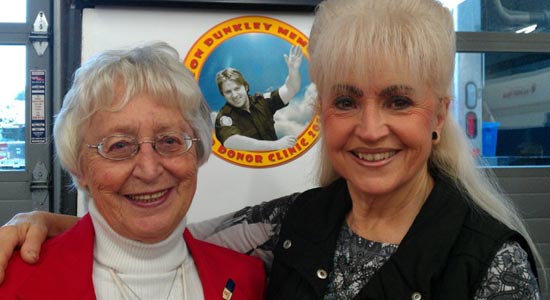 Friends and I regularly volunteer at Langley’s Murrayville mobile clinic.
Friends and I regularly volunteer at Langley’s Murrayville mobile clinic.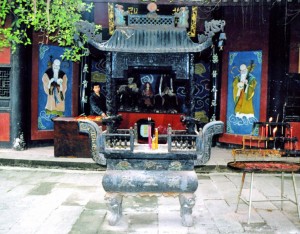 By Chris & Rick Millikan
By Chris & Rick Millikan